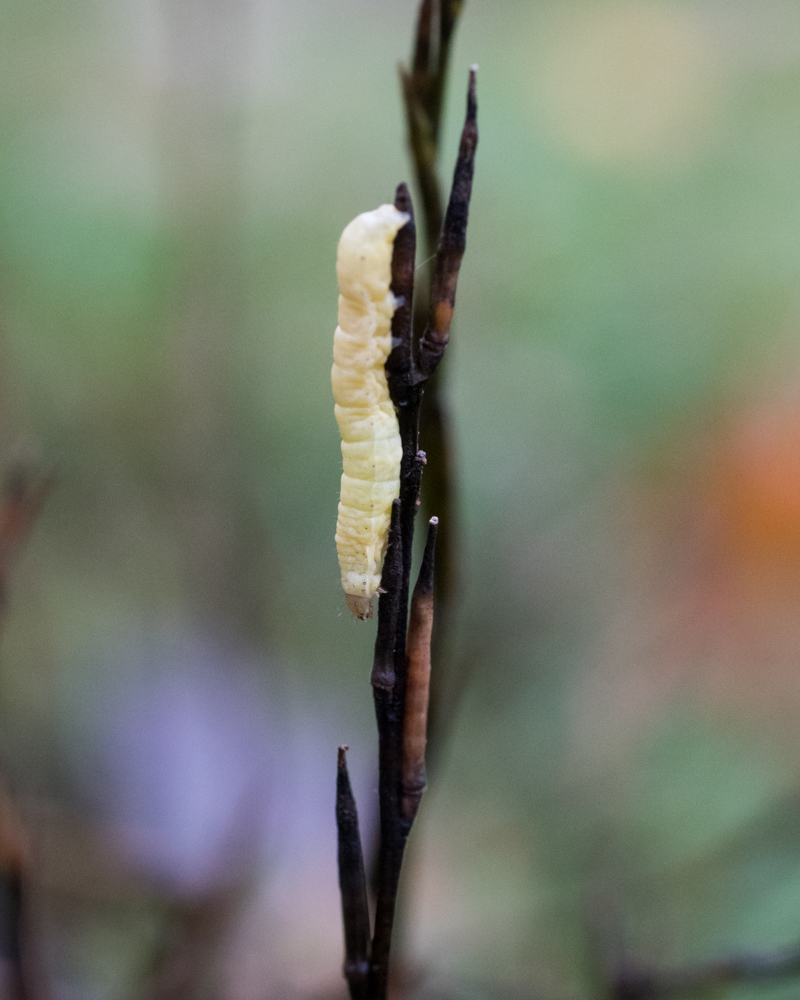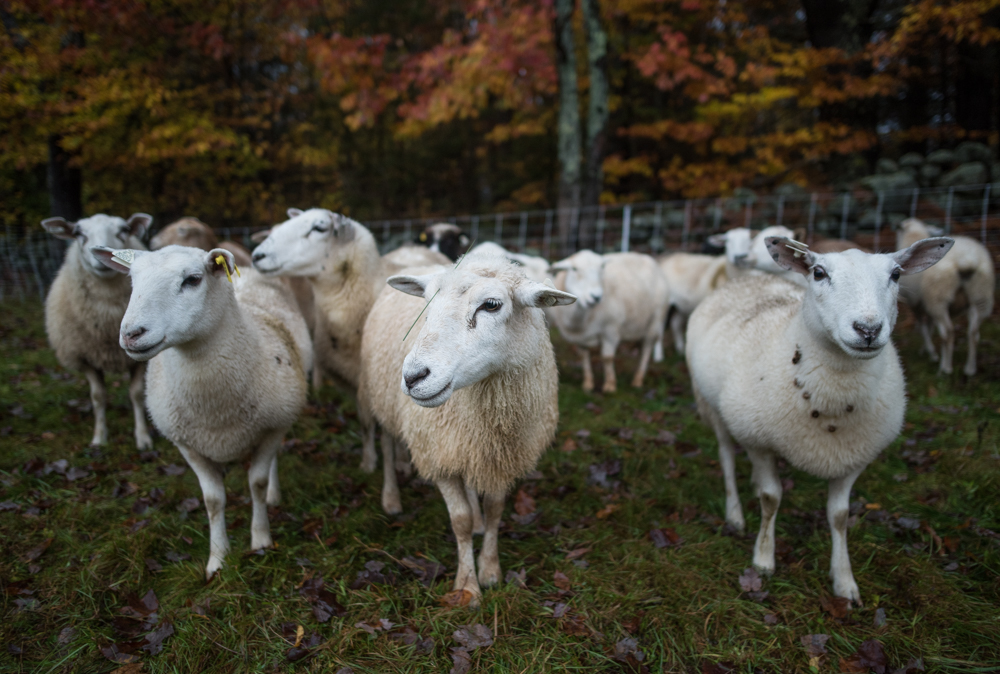As I expected, there were freshly-dead caterpillars this morning — the entomopathogenic fungus seems to dispatch them pretty quickly.

Carl Majewski, from the University of New Hampshire Cooperative Extension Service, along with his colleague, entomologist Alan Eaton, confirmed that what I’m seeing are fall armyworms (Spodoptera frugiperda), caterpillars known for developing large, hungry populations when the conditions are right. We’ve had a recent stretch of very humid weather in the 60s and 70s, perfect conditions for these guys to thrive and potentially damage large areas of pasture. Carl half-seriously suggested we culture the fungus that’s been killing my armyworms in an attempt to develop a biological control for future outbreaks of the caterpillar.
Since last night, the temperature has dropped 25 degrees and we’ve gotten nearly 2 inches of rain (curious readers can see farm weather conditions here), so I’m assuming that both armyworms and their fungal adversary will be much less active tomorrow. The sheep haven’t been thrilled with the weather conditions either,

but between their fleeces and the magic of endothermy, they’ll be fine. The pasture they’re grazing on Holt Road has much less grass than I remembered from a visit 5 weeks ago, and I’m wondering if armyworms have made their way through those fields as well. I’ve found some of the same melting caterpillars that I saw at my place. Regardless of the cause, the sheep are almost out of grass, so I’ll be moving them back to my place on Saturday.
Tagged: cold, endotherm, entomopathogenic, fall armyworm, fungus, grass, pasture, rain, sheep, Spodoptera frugiperda, wet, Wilder Brook Farm